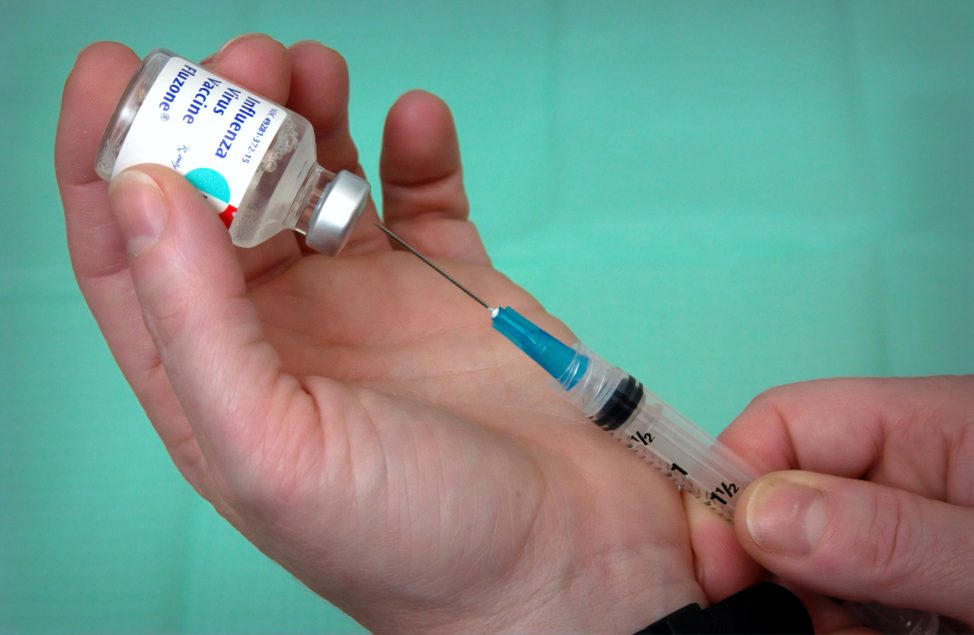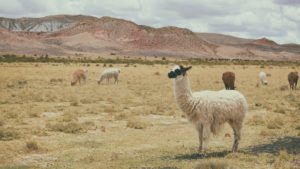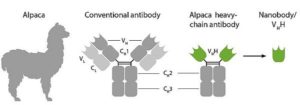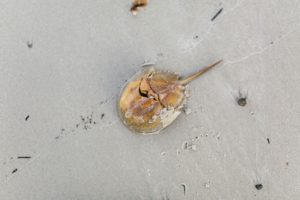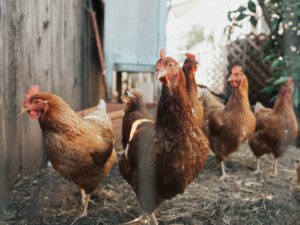Animals are sometimes used in the development of drugs, vaccines, other biologics, and medical devices, mainly to help determine the safety of the medical product. They can be used to measure how a biologic is absorbed in the blood, how it is broken down chemically in the body, the toxicity, and how quickly the product is excreted from the body. This is especially prevalent today with the development of the COVID-19 vaccine. As for development, animals were first used as research models somewhere between 380-320 BC, starting with the great philosopher Aristotle. Mice and primates have been the standard for modern medicine. However, there are many other animals with extraordinary biological traits.
Alpacas, a camelid species native to South America, have special antibodies, or proteins that help fight off infection. Typical antibodies in mammals have a heavy and light chain that bind together in a “Y” shape. These chains are responsible for finding and binding to specific pathogens, or organisms that cause disease. Alpacas produce the normal antibodies as well as nanobodies. Nanobodies are smaller “Y” shaped fragments of an antibody that lack the light chain. They occur naturally in camelids and can be adapted for humans. The smaller size allows the nanobodies to bind with smaller pathogens that larger antibodies cannot bind to. Nanobodies are particularly useful in treating respiratory viruses. Specifically to COVID-19, they have been shown to bind to the proteins of the coronavirus pathogen and neutralize it.
The horseshoe crab, a marine arthropod, has special blood properties, other than just being blue. These animals are considered prehistoric arthropods existing about 200 million years, giving them a primitive immune system compared to most mammals. Horseshoe crabs have a particular cell called an amebocyte. When a pathogen is detected in blood circulation it causes coagulation, forming a clot around the pathogen and prevent the spread instantly. The extracted amoebocyte protein is concentrated into limulus amoebocyte lysate, or LAL. This is used to test treatments and is widely used for the detection and quantification of bacterial endotoxins. If the LAL coagulates, the drug is not pure. However, the use of their blood is not sustainable for the horseshoe crab population. There is a high level of encouragement to develop synthetic LAL. Eli Lilly is one company using horseshoe crab for COVID-19 antibody testing. rFC is synthetic version of LAL created by inserting horseshoe crab genes into lab-grown microorganisms. This is used to test the purity of coronavirus treatments.
Animal coronaviruses have existed for decades. One of the first was a flock of chickens in 1930. This coronavirus was called Infectious Bronchitis Virus, or IBV. The virus is highly contagious and results in a increased mortality rate, disease susceptibility, and decrease in reproduction. To better understand the current challenges with the COVID-19 disease in humans, poultry health professionals have drawn from the many many years of experience attempting to control IBV in poultry. Scientists are hoping to apply the same principles for the IBV vaccination to COVID-19 vaccination development.

